What does success look like for your customers?
The definition of success will vary from business to business, from customer to customer. That said, customer success is evolving, and the importance of customer success continues to grow.
Nick Mehta, CEO at Gainsight, discusses ten ways customer success is changing and how you can help your business catch up if you’re still a bit behind.
1. Embed customer success into the core of your business
Businesses today have to figure out a way to build customer success into the core of everything they do. Those who don’t are likely to see red flags, which include the overall neglect of customer experience and the customer experience team being referred to as customer “support” rather than “success.”
If you’re a founder or CEO, don’t bury customer success under the sales leader. Make customer success part of your entire company culture. Only then will you have the best customer success program possible.
2. Build a unified journey from sales to customer success
Sales teams and customer success teams will spend their time working in different ways, but both teams must understand one another—with the sales team knowing the needs of customer success and vice versa.
A strong and strategic relationship between sales and customer success will cement the basis for a seamless customer experience.
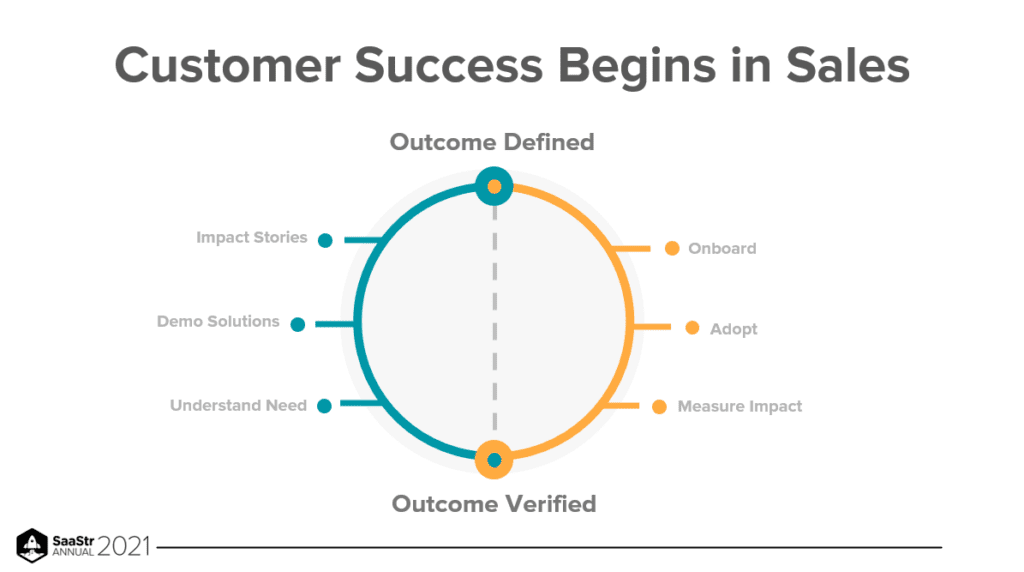
3. Offer enhanced value
How can you add more value to your products and services for your customers? Many businesses struggle to communicate beyond the initial value they rely on to make a sale.
Customer success isn’t just about keeping the client. It is about constantly delivering more value.
Value is directly linked to the quality of your product. If your customers believe that your product is valuable, they’ll be more willing to buy from you and stick with your product for the long haul.
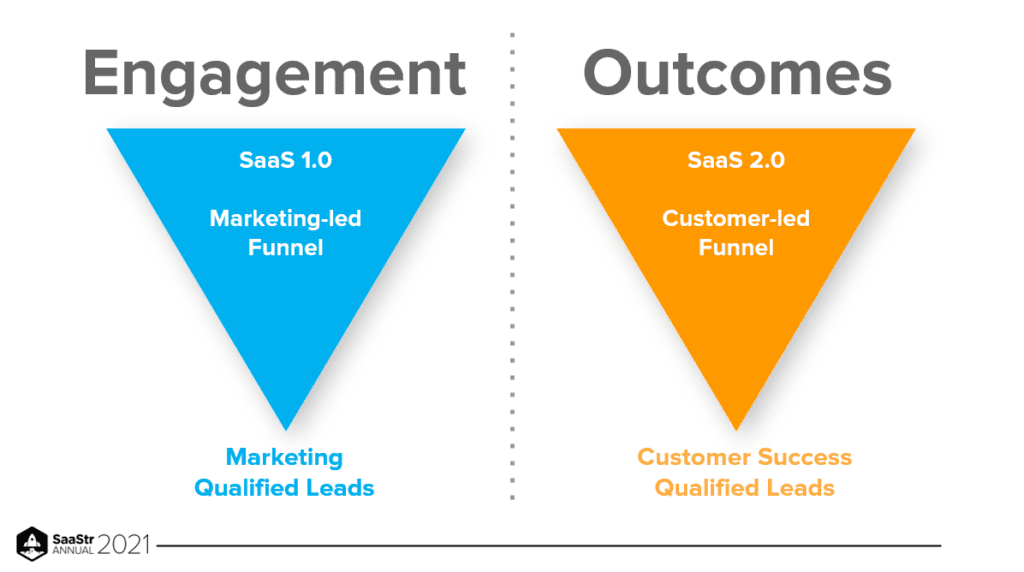
4. Bring your customers into the customer success process
Customer success is a two-way street: it takes commitment and participation from your customers, too. The best customer success teams bring their customers into the learning process and create a mutual success plan where some of the tasks are assigned to customers to take action on.
Empower your customers and help them feel like they own the solution. Take time to meet with your customers and discuss how to best align their goals with yours.
5. Invest in customer success operations
Most companies have a sales team and a sales ops team. Similarly, you need to build out a customer success operations team. Customer success operations can help you become aware of healthy customers who could be advocates for marketing. It can also enable you to see flaws in the sales process and help make revisions for your revenue operations team.
Customer success operations is an incredible lever that catalyzes your entire customer success team, positively impacting your company’s bottom line.
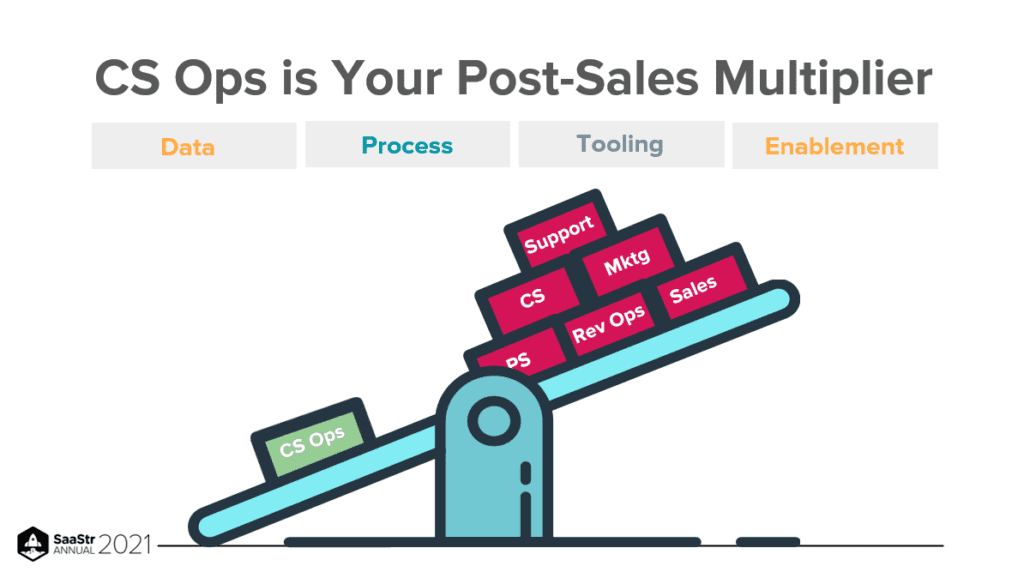
6. Operationalize sponsor changes
Gone are the days when you build loyalty through personal relationships, believing somebody will buy from you. Your customer is an advocate for your product. Every customer success leader knows that it’s a red flag when your customer (champion) doesn’t answer the phone or reply to your emails. That can be tough.
Given that, you have to operationalize the whole process of stakeholder change. To do that, prioritize outreach to your executive sponsors to reassure them about business continuity and show your plan to generate value for their business.
7. Link your product to customer success
What’s more valuable—your customer or product? Both are essential to your business’s overall success. As a customer success advocate, align both parties with the same goal so that not only do your customers achieve success, but your business does, too.
The product team is thinking about daily active users. The customer success team is thinking about the health of those users.
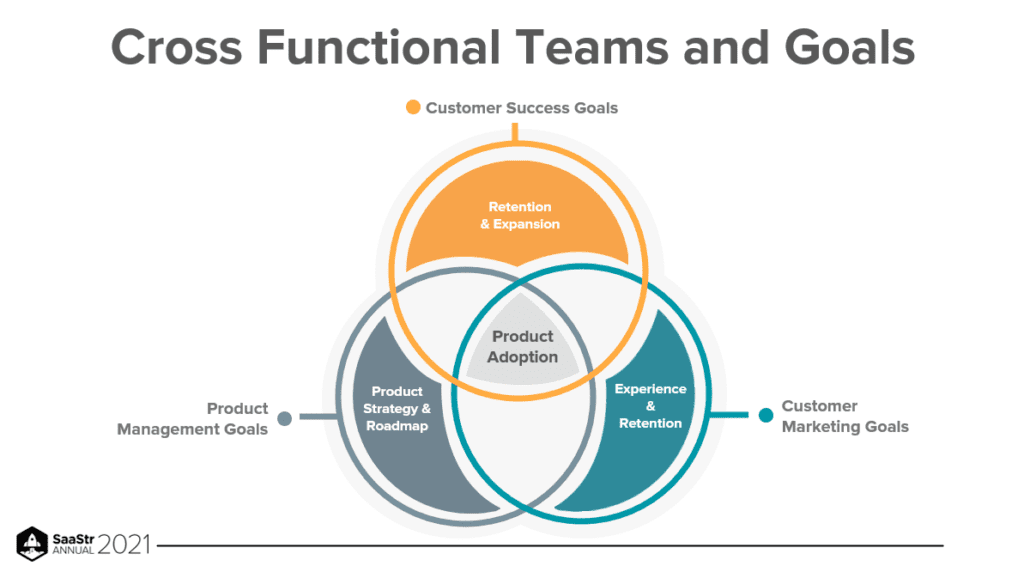
8. Leverage product to accelerate time-to-value
There’s a ticking time bomb when it comes to customer success: After you close a sale, the clock starts ticking. You need to demonstrate value quickly. The best way to improve time-to-value is demoing the product itself to guide the customer via improved onboarding.
Product can be the best friend of the customer success team.
9. Measure your customer retention accurately
Customer retention sits at the heart of customer success, as it increases your organization’s ability to control repeat business.
To understand your customer retention process, you have to measure your net revenue retention which includes both churn and expansion. Companies that achieve higher net retention rates have higher financial well-being and more happy customers, so measuring this fundamental KPI is essential to correctly determine customer success.
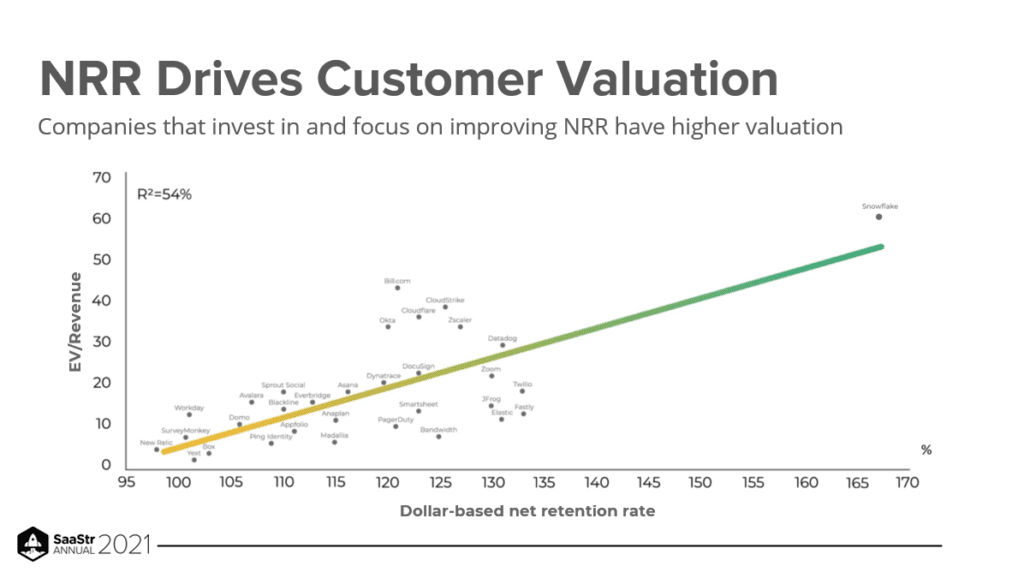
10. Apply metrics to every facet of customer success
Customer success isn’t just about feelings and stories. It’s also about numbers. As a customer success leader, you need to make customer success metrics-driven in your organization.
Kellie Capote, our Chief Customer Officer at Gainsight, applied this method and prepared a numbers-oriented board deck. This deck helped the organization see the top customers and their contribution to its renewal rate.
To avoid being misguided in your customer success journey, make sure you take action based on data-driven insights rather than on your gut instinct.
Bonus: Make your customer success about humans
Do you want to make your customers stick around with you for the long haul? If so, human connection is your secret sauce.
The real success of customer success lies in its human connection, but many tech companies are losing sight of that. Remember, customer success should be human-first now more than ever.
Key Takeaways
- Customer success is changing, but young companies have the benefit of doing it right from the start.
- Customer success is about data and human connection.
- Customer success is to keep your customers satisfied, so provide value—quickly and regularly.

